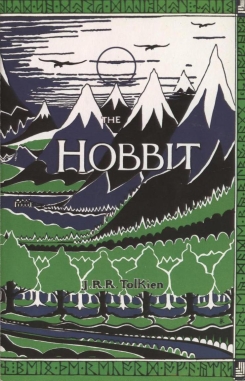The Hobbit was published on September 21, 1937, forever changing the fantasy genre. The genre had been around since at least the previous century, but Tolkien considered it a juvenile, non-serious form of writing. After The Hobbit (and its sequel series, The Lord of the Rings) came out, this began to change.
One pivotal reason for this transformation was Tolkien’s groundbreaking world-building. The world of The Hobbit is a marvel of intricate design. It is teeming with diverse nations, each with its own rich history, culture, and language. Tolkien meticulously crafted these cultures, histories, and languages before he even set pen to paper, lending his Middle Earth a sense of authenticity that defies its fantastical nature.
Another reason for this book’s outsized impact is how Tolkien subverted his day’s standard fantasy tropes. Although the book involves an epic quest to recover a treasure from a dragon, the main character is not a warrior. He is not the one who defeats the dragon and has minimal impact on the outcome of the other elements of the plot. He is, in fact, the opposite of the standard fantasy hero: a peaceful, food-loving man who’s never even held a weapon and prefers curling up in front of his fireplace to adventuring. With such a different kind of hero, Tolkien showed that the fantasy genre had a lot of exciting and unexplored angles.Of course, the story was also a lot of fun and filled with interesting characters and settings. It was simply an enjoyable read. People enjoyed it so much that, for decades afterward, fantasy authors tried to emulate Tolkien’s approach. It is no exaggeration to say that the history of the fantasy genre can be divided into two eras: before and after The Hobbit.

